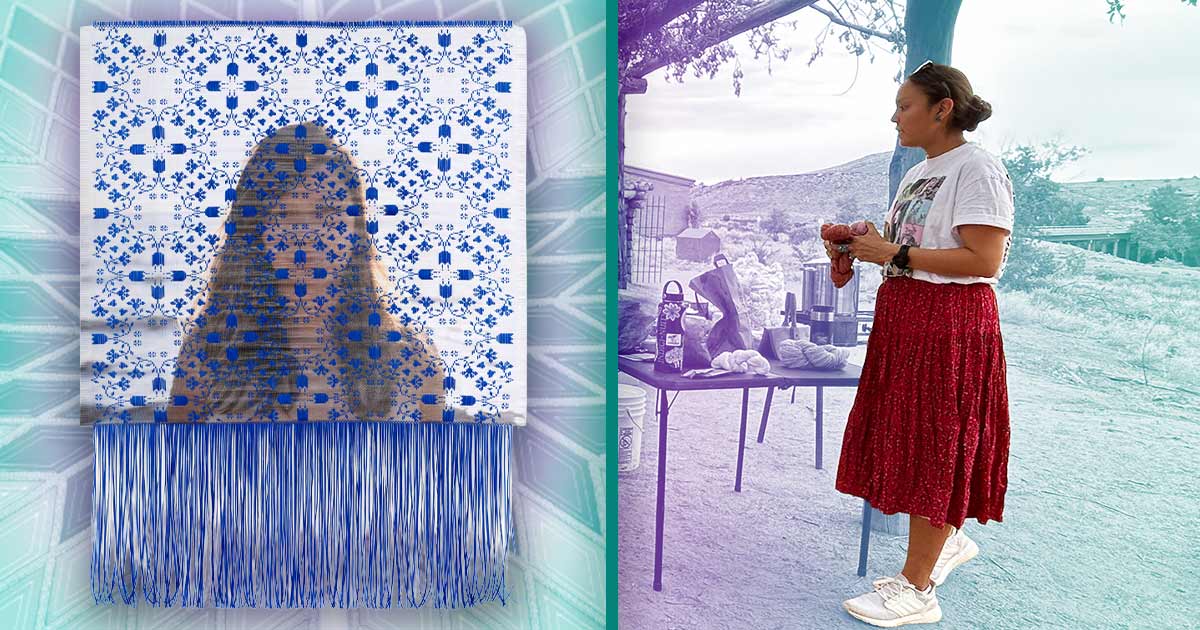
"The Indians of Gunflint Lake"
By Sarah Elisabeth Sawyer (Choctaw Nation), Artist in Business Leadership Fellow 2015
Marcella Ernest is an Ojibwe interdisciplinary artist and scholar. Her abstract filmmaking is brought to life by using multi-media installations, incorporating large-scale projections and experimental aesthetics.
Her award-winning pieces have screened and exhibited worldwide in numerous fine art galleries and film festivals, including at the Museum of Modern Art and Design, Smithsonian National Museum of the American Indian, The Museum of Contemporary Native Arts, during the Venice Biennale, the Los Angeles Film Forum, the Autry Museum, and more. She lives in Sacramento, California. She is a 2019 Cultural Capital Fellow.
Word hit the trail that Charlie Cook’s nieces were at Gunflint Lake in northern Minnesota. People fondly remember Charlie Cook from his lifetime of living on the peninsula on Gunflint Lake.
“He was a canoe guide, and made a lot of birch bark baskets,” says Marcella, a Cook family descendant. “He was the last person living up there until 1997 when he passed away at 87 years old. Thousands of tourists had the opportunity to meet him.”
Trailer for one of Marcella’s previous films, “Ga ni tha”
Marcella had taken her mom and aunt — Charlie’s nieces — and other relations to the area for her film project documenting the extraordinary history of the Cook family. Members of that family were the last Chippewa Indians to live on the traditional homelands of Gunflint Lake. Their land sat within the boundary waters, now the international boundary between the United States and Canada.
The producer of a local radio station in nearby Grand Marais invited Marcella and her family on air for an interview. Afterward, emails poured in as people shared memories of Gunflint Lake and Charlie Cook. A woman who had bought handmade birch bark baskets from Charlie offered to send three baskets to Marcella. Marcella kept one and gave the others to her mom and aunt.
“The woman didn’t ask anything for them,” Marcella says. “It was just awesome and so beautiful. History and people’s lives are being remembered, respected, and pieced back together. This process is bringing people back together. Making art has the power to do that.”
Marcella’s project, “The Indians of Gunflint Lake,” is supported in part by her 2019 First Peoples Fund Cultural Capital program. It is divided into four synced videos to honor the four seasons of the Chippewa way of life, Ningo Gikinonwin, and presented as a two-screen projection with staggered detached screens, photos, and cultural objects.
Trailer for one of Marcella’s previous films, “Odayin”
When they visited Gunflint Lake in June 2019, Marcella was able to take three generations of the Cook family onto the peninsula for one part of the film production. They also brought a relative from Leech Lake, who is a fluent Ojibwe speaker, to put the language back on the land. The area is quiet, remote, wild onion gardens left untouched for decades. One home remains standing in the village along the shores.
“The story of the Cook family, my family, is a story of the boundary waters, of endurance, and survival,” Marcella says. “It is a story of sustainability and traditional ecological knowledge. Descendants of the Cooks still remain.”








































































































